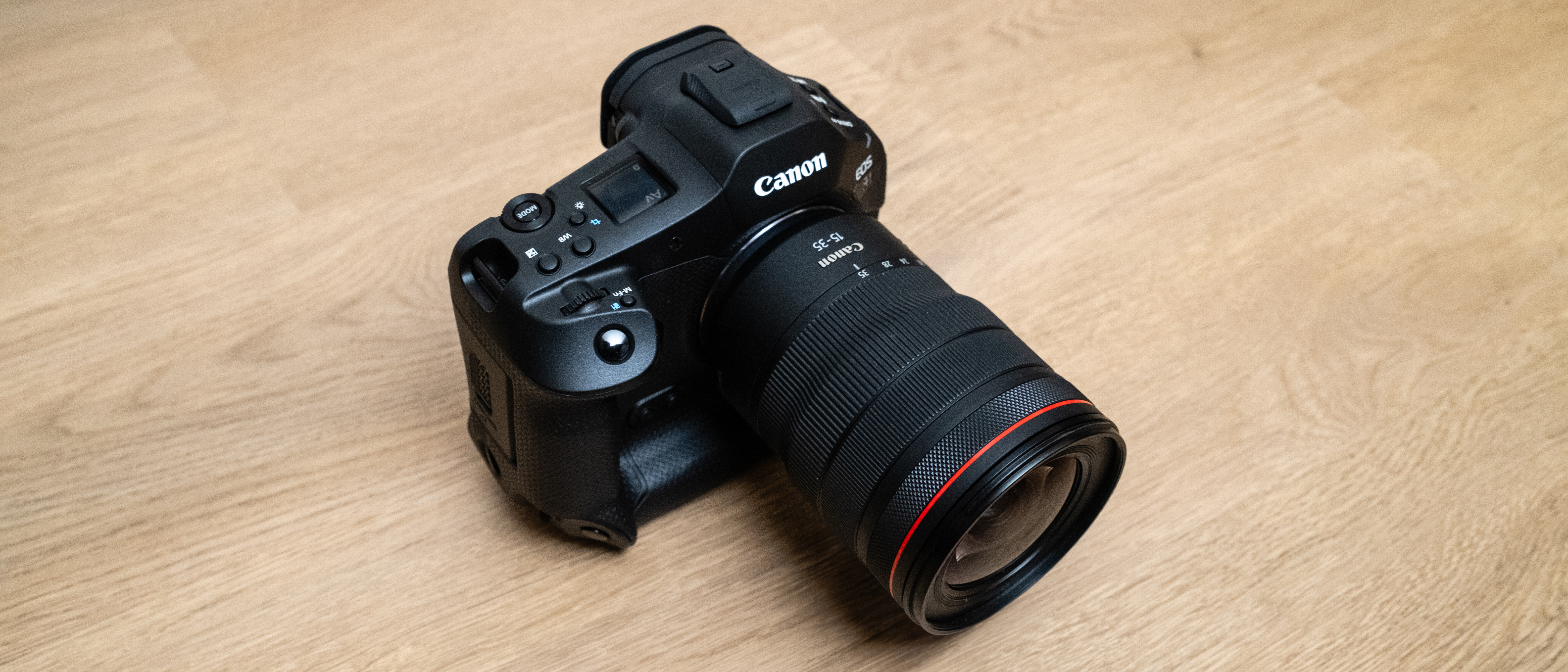TechRadar Verdict
The Canon RF 15-35mm F2.8L IS USM is undoubtedly an impressive lens offering a useful and versatile wide-angle focal range. Image quality is great, although if I'm being picky the heavy reliance on lens corrections does feel like a huge corner cut in terms of the internal construction, especially given the price of the lens. Still, images are sharp and features including optical image stabilization and weather sealing are highly useful. This lens is, however, expensive and also quite heavy, and if you don't need the F2.8 aperture then the RF 14-35mm F4L lens is cost effective alternative.
Pros
- +
Great image quality and sun stars
- +
Decent optical image stabilization
- +
Weather sealed
Cons
- -
It's not cheap
- -
Control ring not for everyone
- -
Relies heavily on lens corrections
Why you can trust TechRadar
Canon RF 15-35mm F2.8L IS USM: two-minute review
Ultra wide-angle zoom lenses are a necessity for landscape, architecture, cityscape and travel photographers. Not only do they allow you to capture wide vistas and, indeed interiors, but they also allow you to get in close to subjects to exaggerate perspective for more dramatic results.
The Canon RF 15-35mm f/2.8L IS USM is a professional ultra wide-angle zoom that provides an incredibly versatile focal range, solid features and great image quality to top everything off.
Being a professional Canon L-Series lens, the 15-35mm comes in at a price that might make the average enthusiast wince. But at $2,400 / £2,400 / AU$3,500, while it certainly is expensive, it's comparatively priced to competitor's f/2.8 ultra-wide zooms, so its price is hardly surprising.
There are less expensive ultra wide-angle zooms in the RF line-up, and for many people the RF 14-35mm F4L IS USM will be more than sufficient, but it's not the flagship option with the faster f/2.8 maximum aperture.

This is a lens that's designed for use on full-frame cameras to take advantage of the advertised focal length, although APS-C Canon users can still use the lens with an equivalent focal range of 24-56mm. This certainly wouldn’t maximise the full benefits of the lens, but if you intend to upgrade to full-frame it would make the 15-35mm a worthwhile investment.
Throw in features such as weather sealing, optical image stabilization and a short minimum focus distance and this immediately becomes an interesting lens if you shoot any subjects that will benefit from a professional lens offering this wide-angle focal range.
Image quality overall is great, but there's a slight caveat here, and this is becoming increasingly common with mirrorless lenses, and that's a heavy reliance on lens corrections. Import your raw files into Lightroom and you'll see that Lens Corrections are switched on by default for this lens. Turn them off and you get an idea of just how strong the adjustments applied are.
Canon RF 15-35mm F2.8L IS USM specs
| Type: | Zoom |
| Sensor: | Full-frame |
| Focal length: | 15-35mm |
| Max aperture: | f/2.8 |
| Minimum focus: | 11in / 28cm |
| Filter size: | 82mm |
| Dimensions: | 3.48x4.99in / 88.5x126.8mm |
| Weight: | 29.6oz / 840g |
Canon RF 15-35mm F2.8L IS USM: Design
- Quite a heavy lens
- Excellent build quality
- Fast and silent autofocus
There's nothing to be excited about or, indeed, disappointed by when it comes to the design of the 15-35mm. Well, except for the heavier than expected weight of 29.6oz / 840g, when you consider the dimensions are pretty much the average for this type of lens at 3.48x4.99in / 88.5x126.8mm. The lens does, however, balance well with full-frame bodies when shooting handheld.
I'm just thinking back to the early promises that mirrorless cameras and lenses would be smaller and lighter than their DSLR equivalents, and nearly choke on my tea as I write since this isn't the case.
Weight aside, the 15-35mm is undoubtedly built to the high standard you'd expect of an L-Series lens including weather sealing, which is essential for a lens that's aimed, in part, at landscape and travel photographers.
The lens is made up of 16 elements in 12 groups including three aspherical and two UD elements. Plus, it has an 82mm fluorine-coated front element. Externally, there's an AF/MF switch, an Image Stabilization On/Off switch, manual focus and zoom rings alongside a lens control ring at the front end of the lens.
The lens control ring can be programmed to adjust certain settings in-camera if you'd find this useful. For me, it's not useful and could be easily knocked, but that's my personal opinion rather than fact.
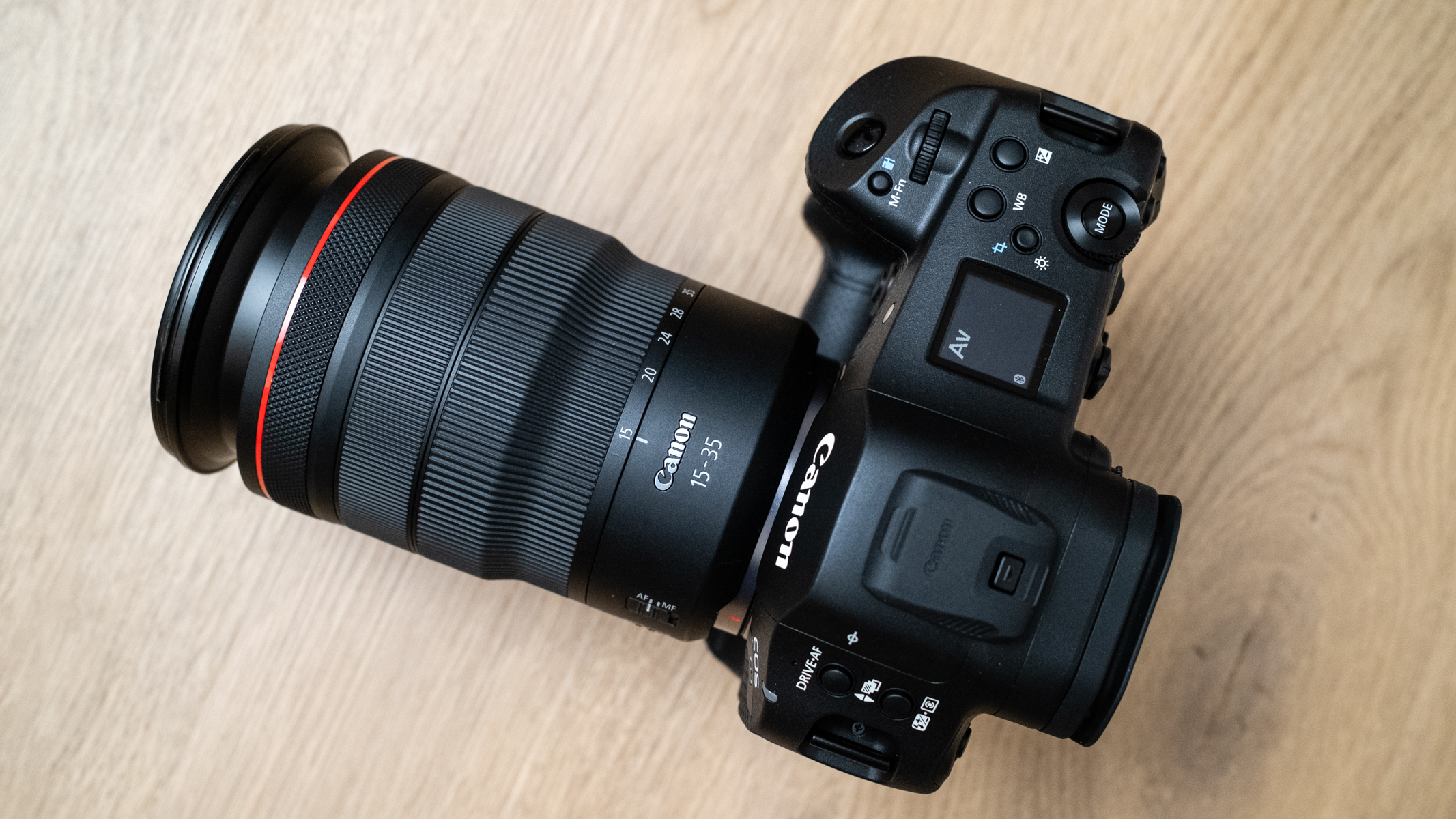
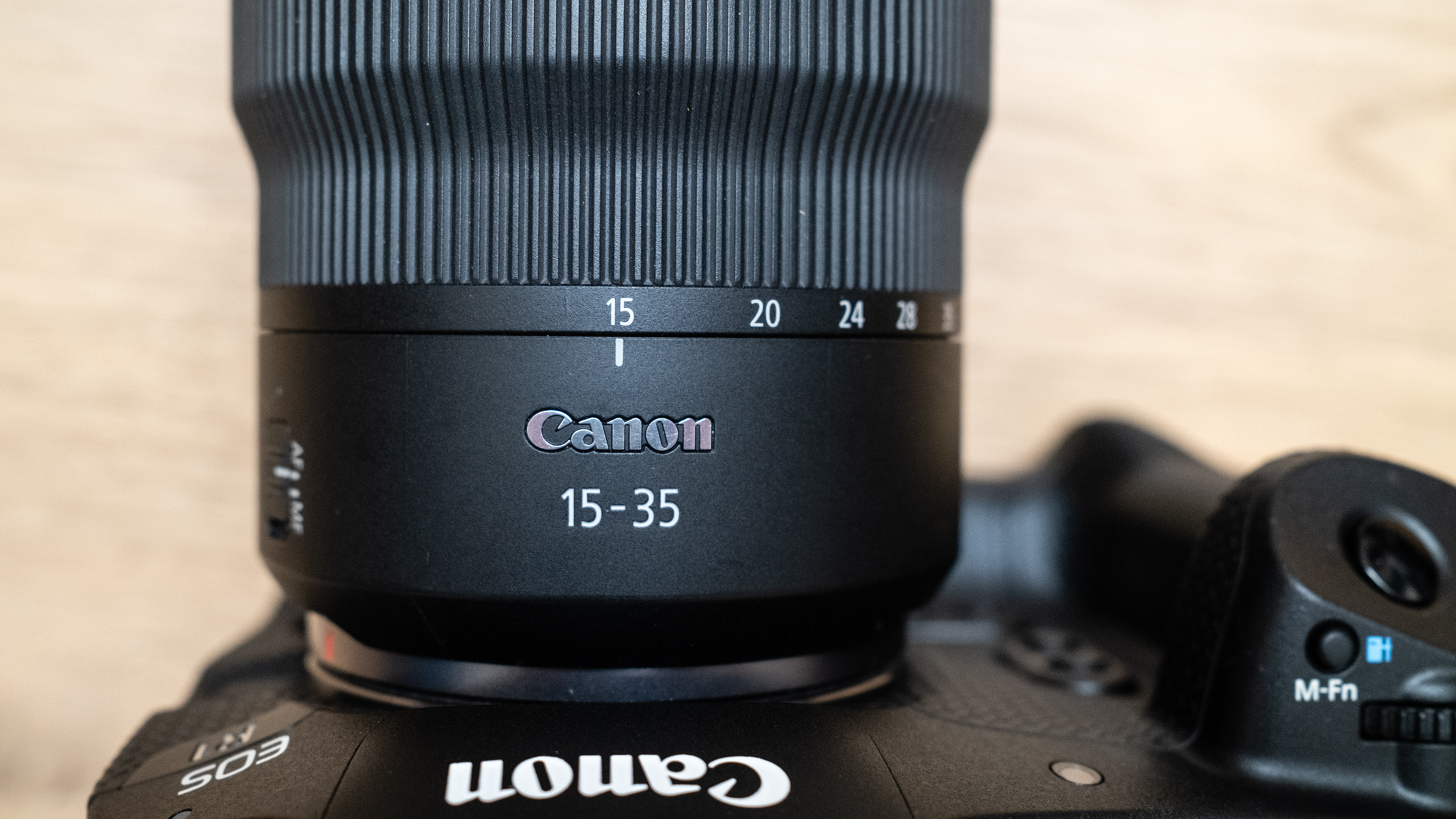
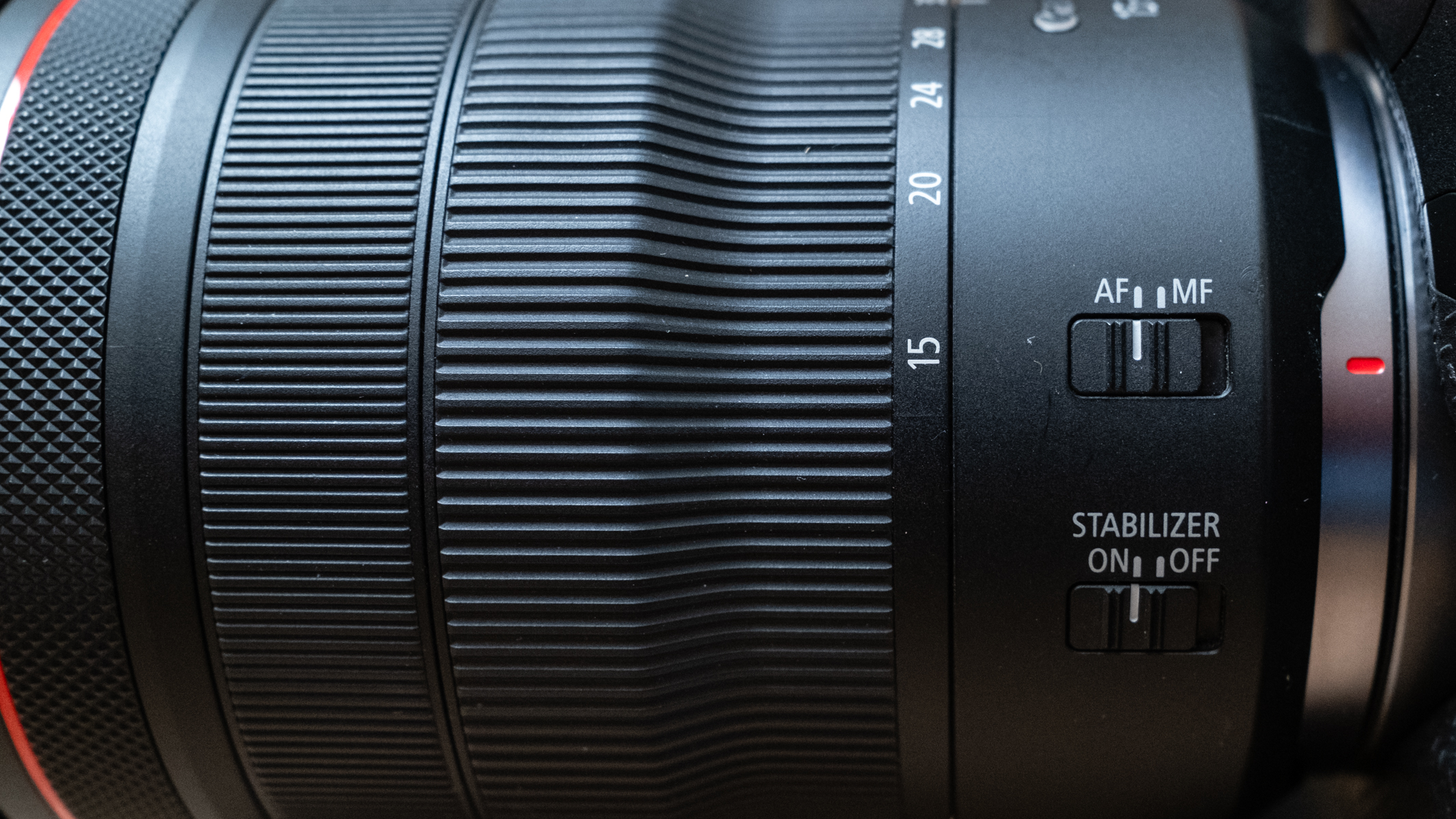

The lens has internal focusing so the front element doesn't rotate, but the zoom isn’t internal so the front of the lens extends as you zoom out from 35mm. An internal zoom would be much neater but would add to the already hefty weight, not to mention it's common for ultra wide-angle zooms around this focal range to be designed this way.
There's no manual aperture ring like many modern lenses, which would be a useful feature for videographers if present. Many lenses in recent years have offered a traditional manual aperture ring for this purpose, so it’s a shame that Canon's flagship wide-angle zoom has omitted what is a popular and useful feature.
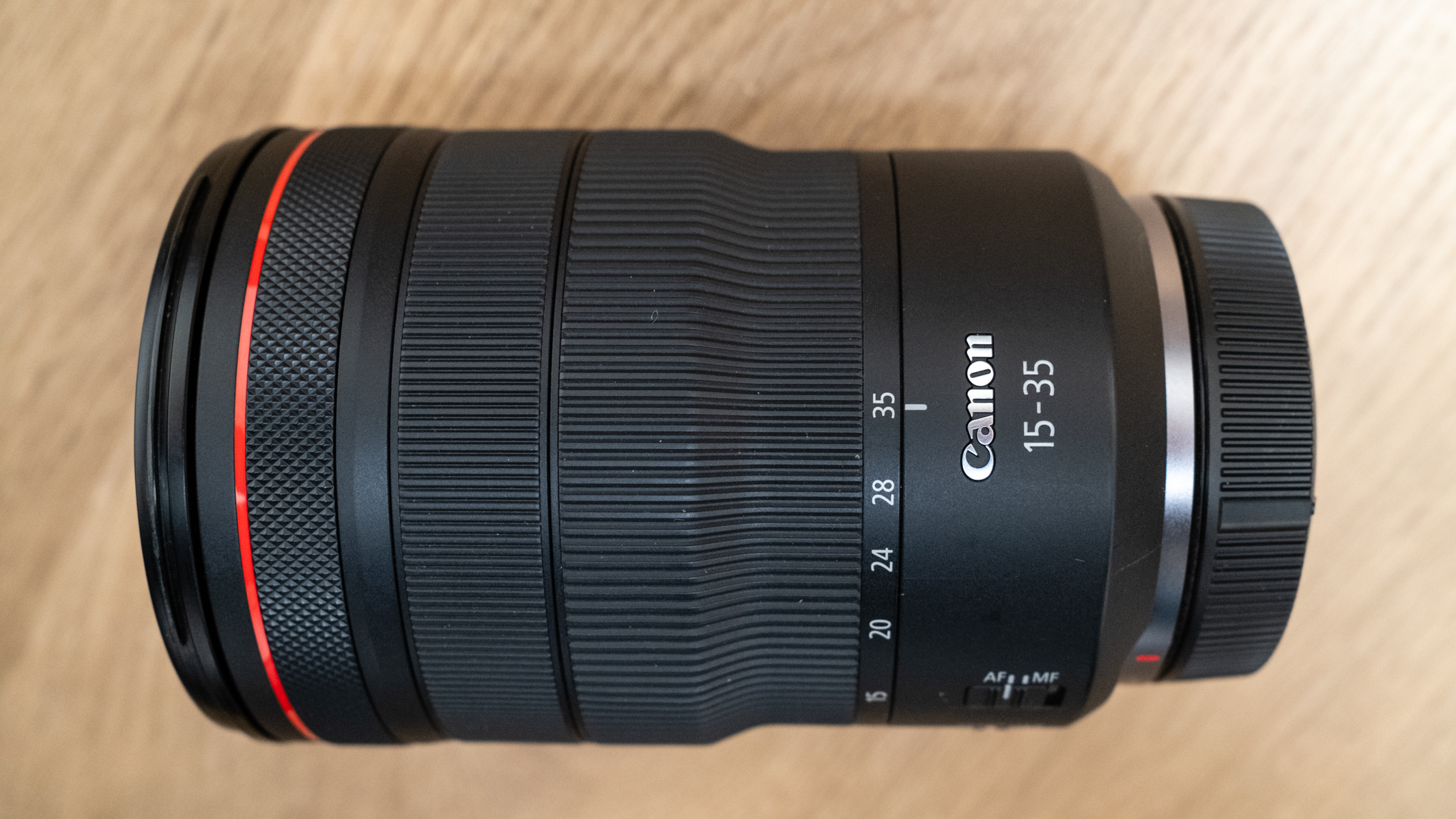
Canon RF 15-35mm F2.8L IS USM: Performance
- Fast and silent autofocus
- Captures sharp images
- Constant f/2.8 maximum aperture
Being a pro-spec lens, the 15-35mm comes with a handful of features you'd expect in a premium Canon L-Series offering. First up there's the constant f/2.8 maximum aperture, which paired with the 5-stop Optical Image Stabilization makes the lens as effective handheld in low light conditions as it is tripod mounted, with the latter being the most likely way for the lens to be used for pro landscape and architecture images.
The f/2.8 aperture is also useful for creative, differential focus, which is ideal for travel photographers. And although this aperture isn’t the best option for astrophotography (larger is better), it's certainly useable and further extends the potential of the lens.
Then there's the fast and silent autofocus and the minimum focus distance of 11in / 28cm. With a wide-angle lens, this can be fantastic for creative shots.
Canon RF 15-35mm f/2.8L IS USM: sample images
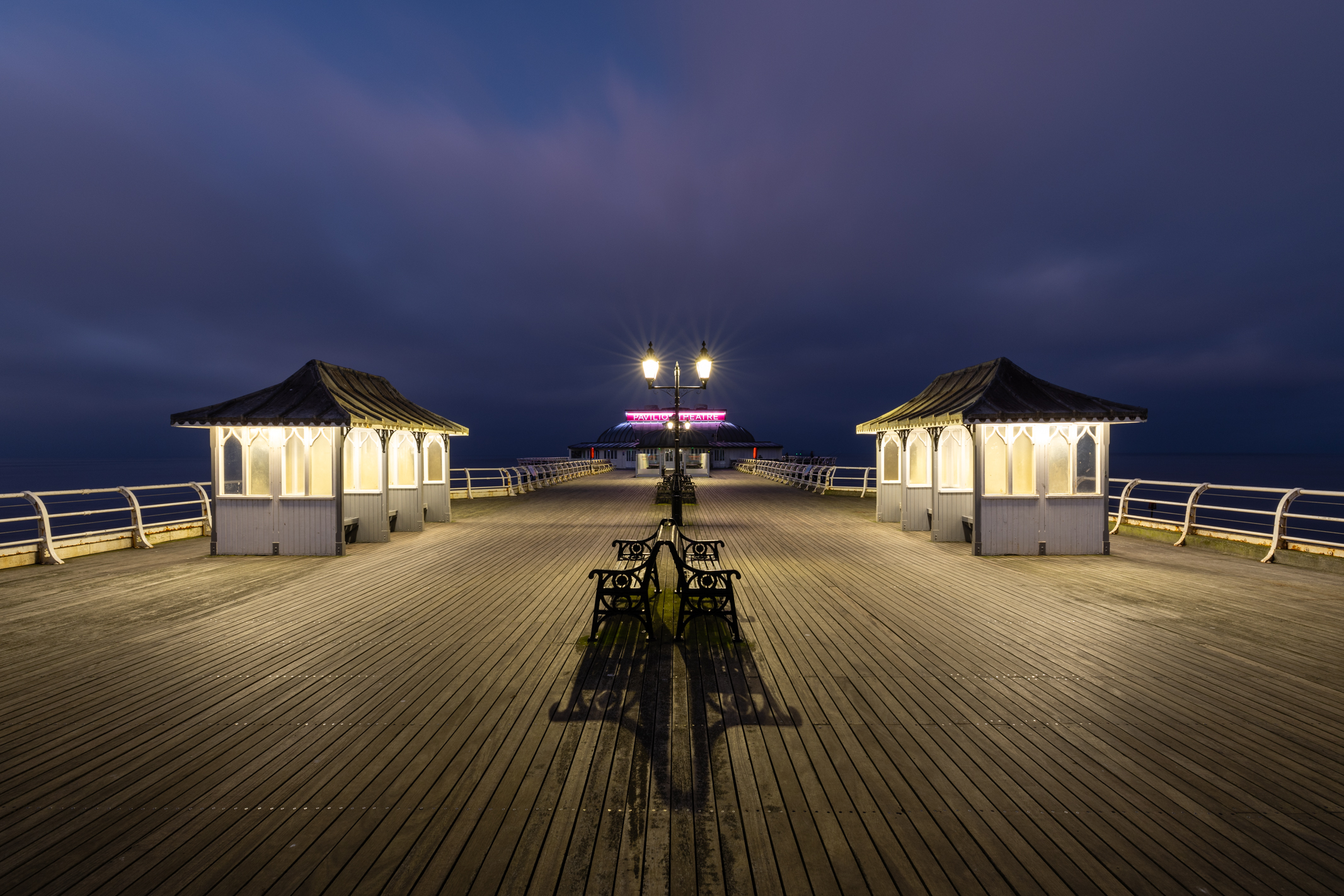
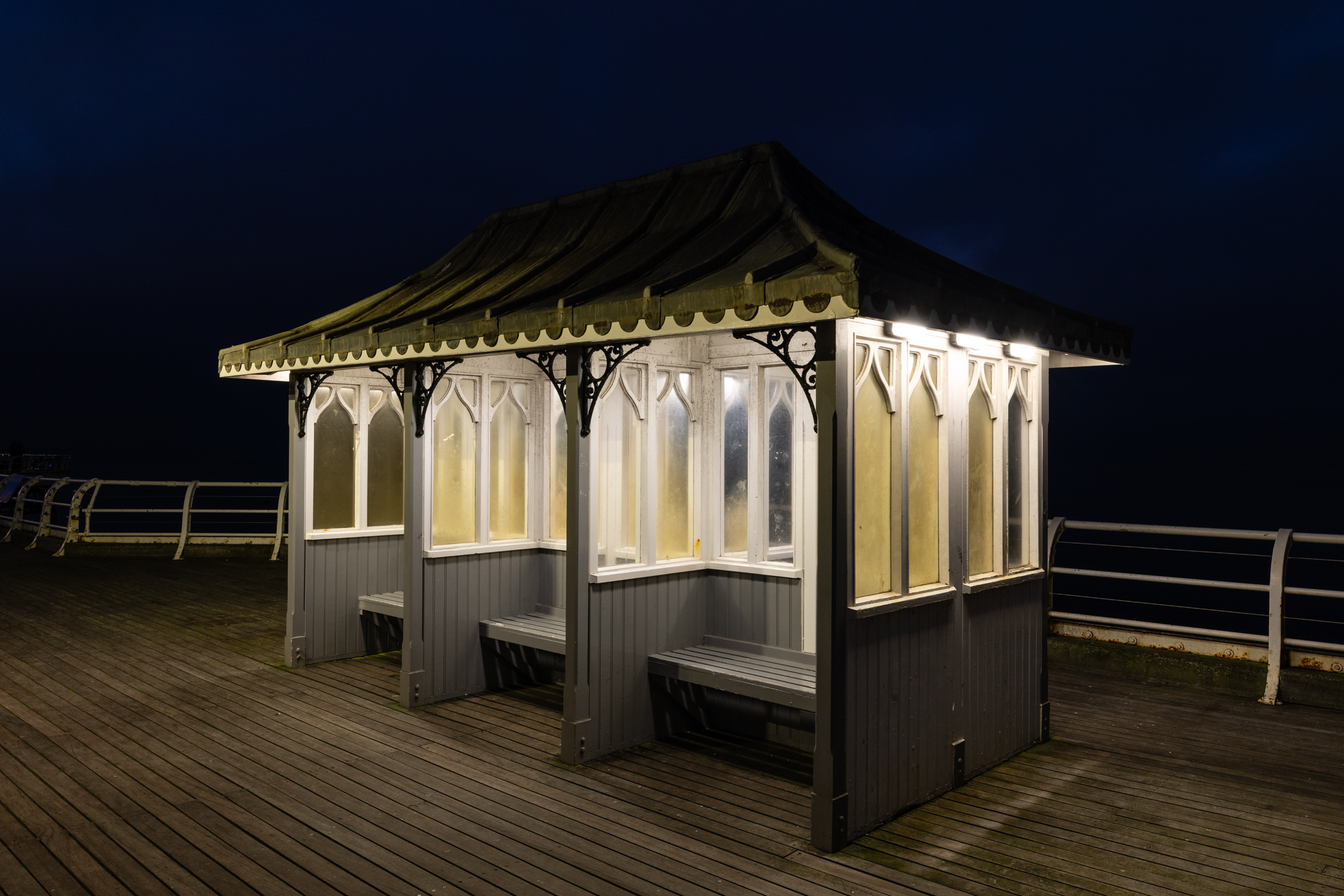
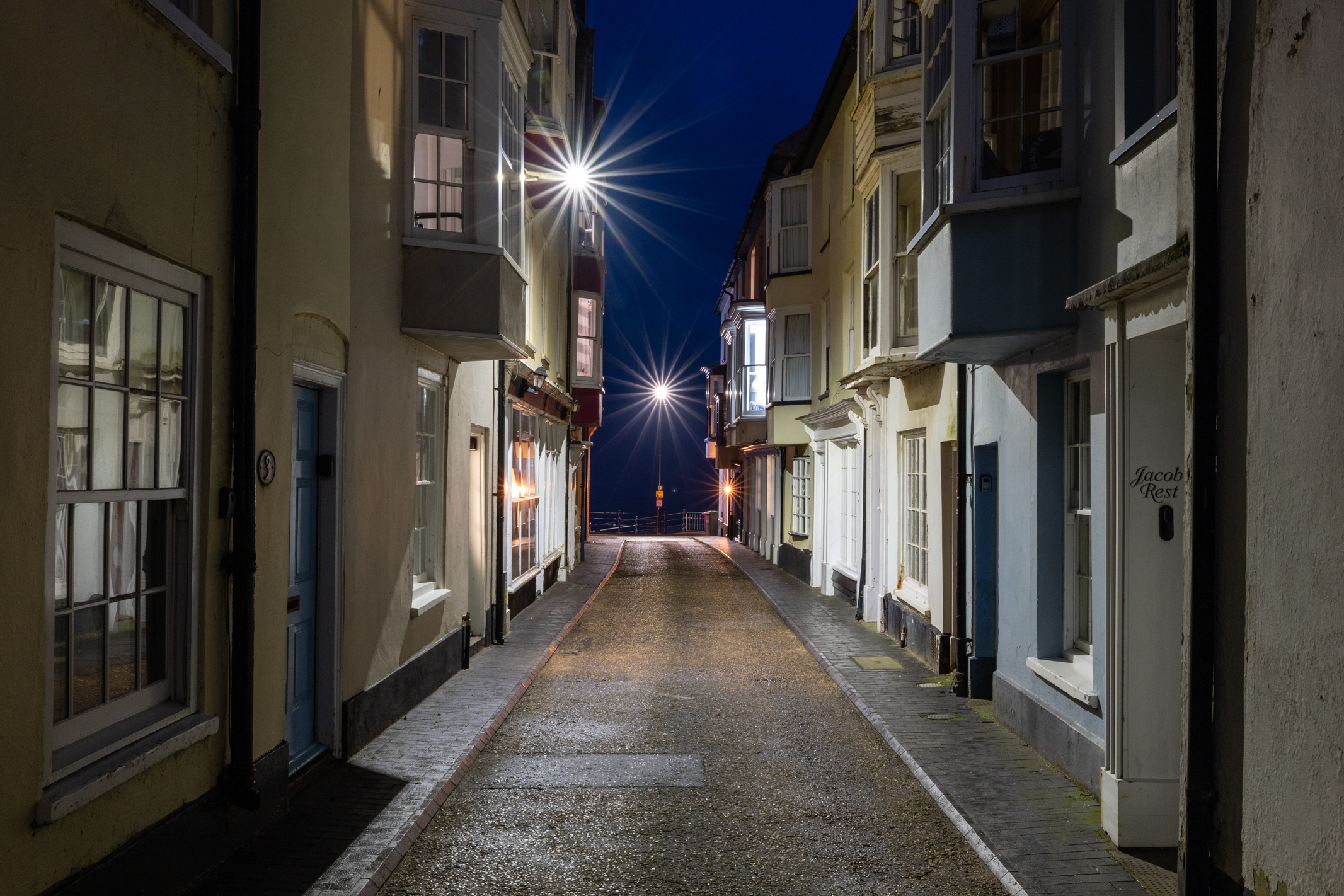
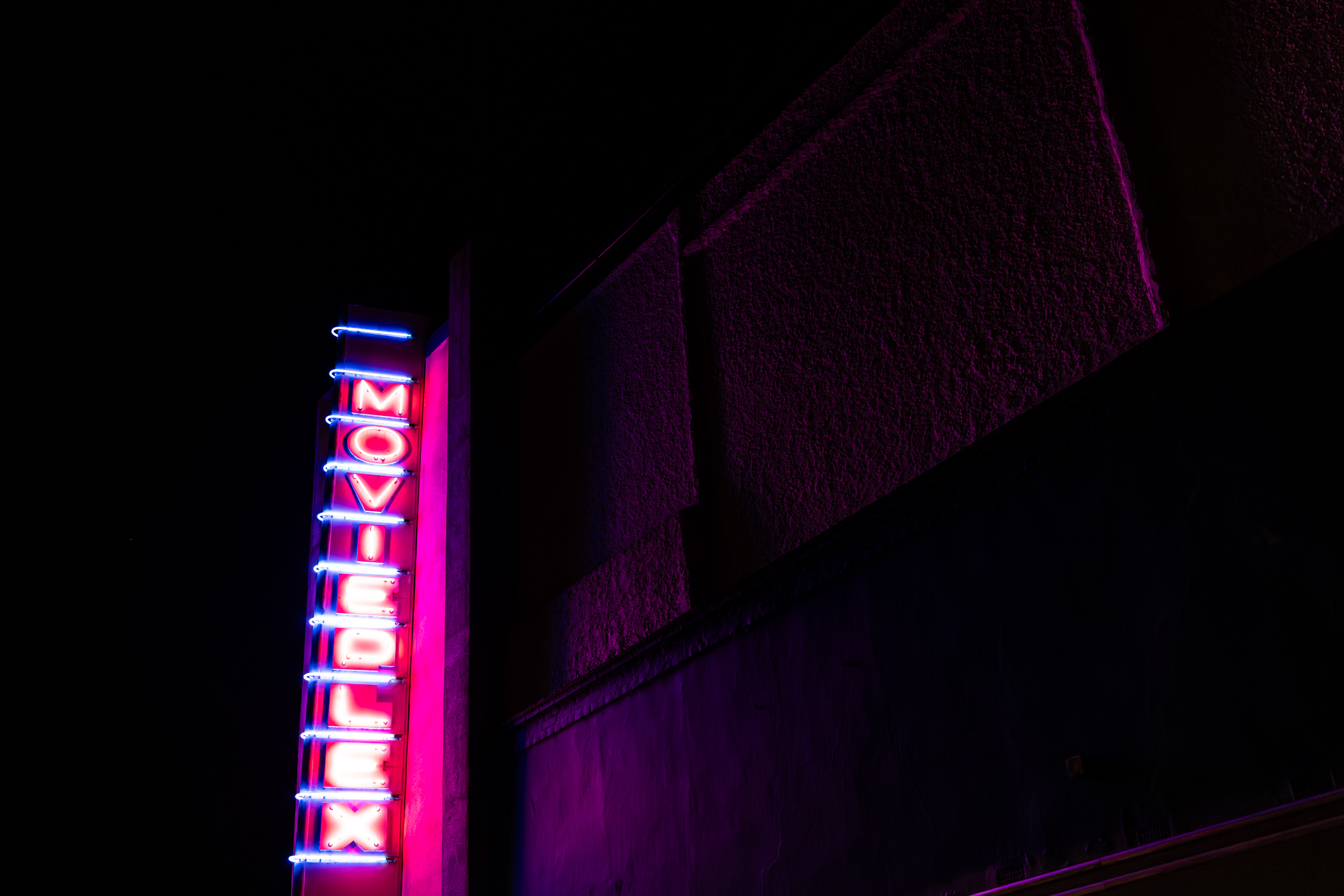
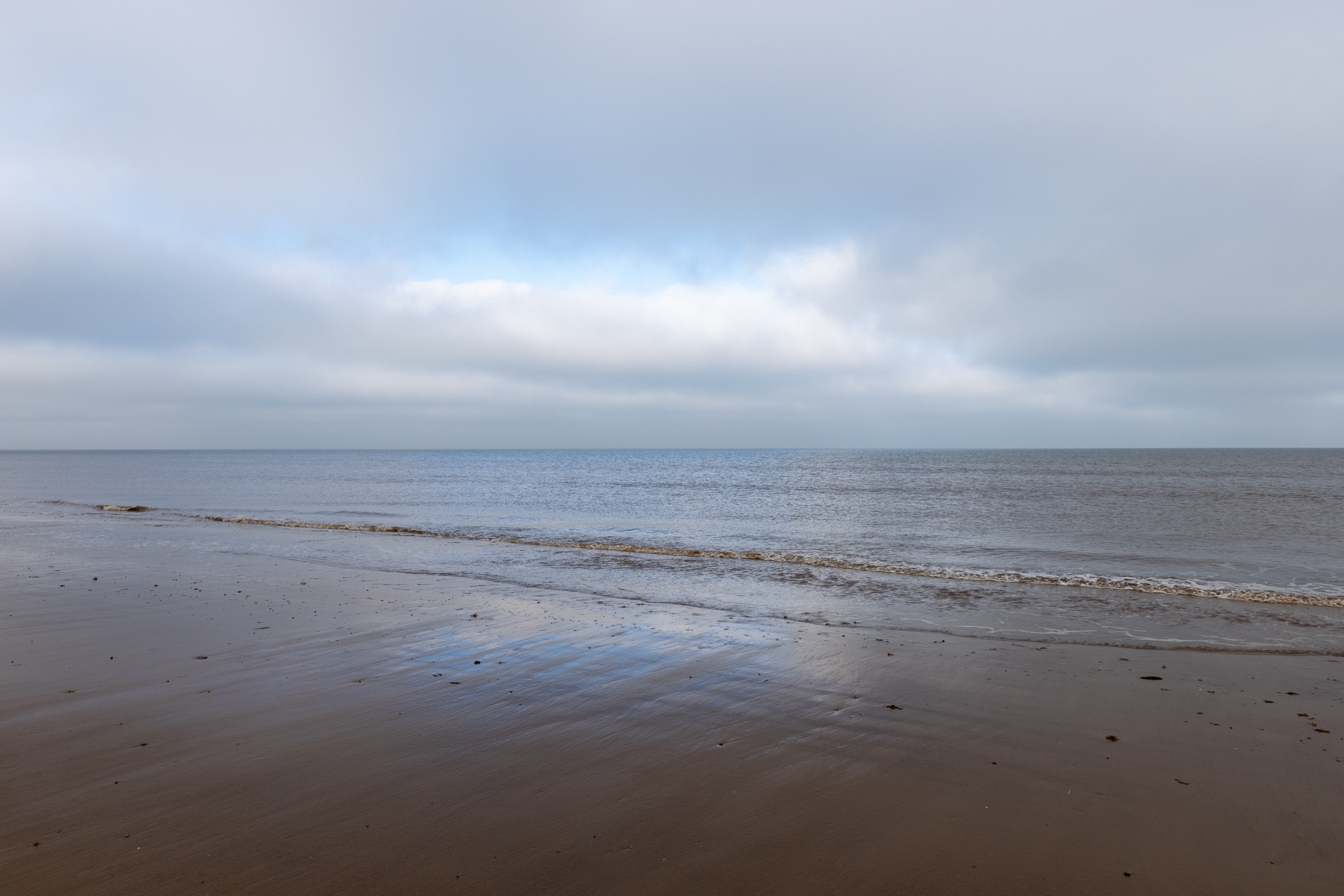
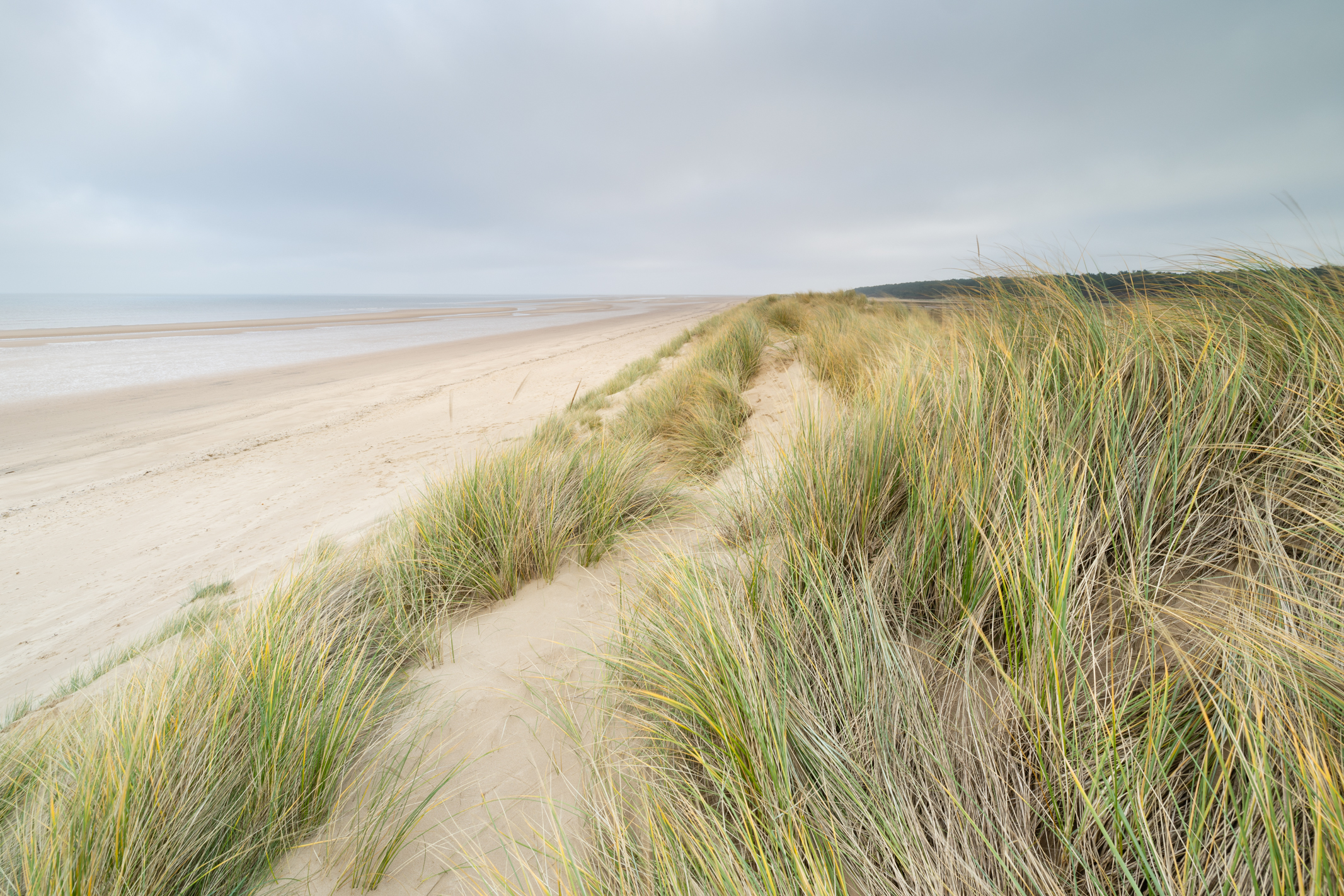
Image quality is great overall with decent edge sharpness as well as in the center of the frame. Although, as you’d expect for a lens as wide as this, edge sharpness is lower than the central area.
The 15-35mm relies heavily on lens corrections, whether in-camera when shooting JPEGs or in software when shooting in raw. Considering the price point and pro L-series status, I'm surprised just how heavy the lens corrections are. The lens does, however, produce fantastic sunstars around artificial light sources at medium apertures when shooting at night.
When you load raw files into Lightroom both Remove Chromatic Aberration and Enable Profile Corrections are switched on by default, so this must be programmed into raw files when shooting with the lens.
Switch lens corrections off and even stopped-down shots exhibit a vignette while optical distortion pops back in; slight barrel distortion at 15mm and 24mm, with slight pincushion distortion at 35mm.
Chromatic aberration is minimal but can sometimes be seen along high-contrast edges. Images are sharp overall and look great with lens corrections applied, but for a lens of this price and bearing the coveted L-Series tag, you'd be forgiven for expecting more with no corrections applied.
Should you buy the Canon RF 15-35mm F2.8L IS USM?
Buy it if...
You're a pro landscape photographer
If you're a pro landscape photographer an ultra wide-angle zoom is an essential addition to your kit, and the fast 15-35mm F2.8 will undoubtedly serve you well.
You need a fast maximum aperture
A fast f/2.8 maximum aperture is ideal if you shoot handheld in low light and also if you'd like to use differential focus creatively to emphasize subjects.
You need a tough wide-angle
The 15-35mm features premium build quality and weather sealing, so it ideal for outdoor photographers who can confidently shoot in a range of weather conditions.
Don't buy it if...
You're on a budget
This is an expensive lens so if you can’t quite justify the cost, the Canon RF 14-35mm F4L IS USM is quite a lot less expensive, is an L-Series lens and offers an extra 1mm at the wide end.
You mainly shoot astrophotography
While the 15-35mm can be used for shooting astrophotography, a faster wide-angle prime lens will be a much better option if this is your main purpose for the lens.
You shoot APS-C
If you shoot with an APS-C Canon camera, the 15-35mm has an equivalent focal range of 24-56mm so it's only worth buying if you know you'll be upgrading to full-frame down the line.
How I tested the Canon RF 15-35mm F2.8L IS USM
- Tested with the Canon EOS R1
- Shot night and landscape photography
- Used both handheld and tripod-mounted
The Canon RF 15-35mm F2.8L IS USM was only available on a short loan with the Canon EOS R1, so the shooting time was tight and poor weather compounded the challenge. This meant most of my testing occurred around dusk to take advantage of late blue hour, as well as some daytime landscape shots when the weather cleared briefly.
The various features and functions were tested, while shots were taken specifically to check for any optical distortions. One of the main lenses I use with my cameras is a premium 16-35mm f/2.8 which provided a foundation from which to judge the RF 15-35mm F2.8L IS USM.
The two lenses are made by different manufacturers, so they're different in many ways, but it does provide a level of realistic expectation of features and performance.
- First reviewed February 2025
James Abbott is a professional photographer and freelance photography journalist. He contributes articles about photography, cameras and drones to a wide range of magazines and websites where he applies a wealth of experience to testing the latest photographic tech. James is also the author of ‘The Digital Darkroom: The Definitive Guide to Photo Editing’.
You must confirm your public display name before commenting
Please logout and then login again, you will then be prompted to enter your display name.
